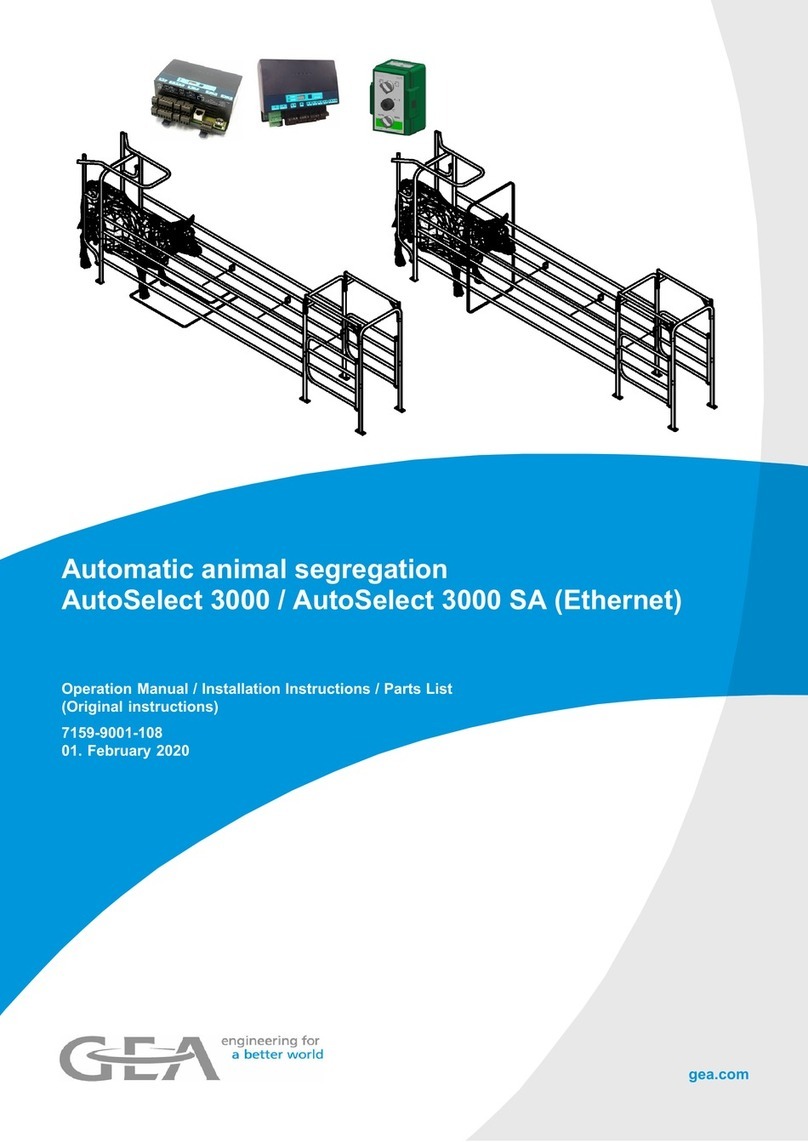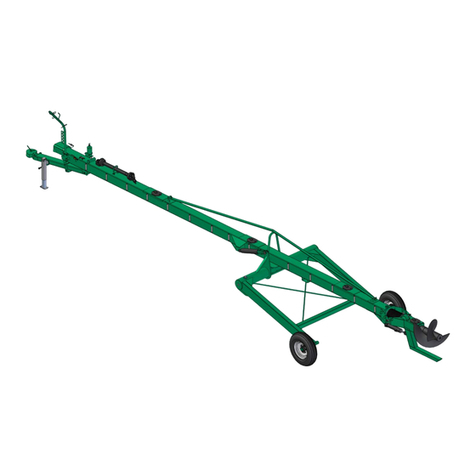
6.5.6 Securing the magnetic switch on the pig station housing 37
7 Start-up 38
7.1 Safety notes 38
7.2 Notes on commissioning 38
7.3 Work steps 38
7.4 Avoiding damage 39
7.5 Removing the damage 39
8 Operation and control 40
8.1 Safety notes 40
9 Cleaning 41
9.1 Cleaning 41
9.1.1 Cleaning Process Examples 41
9.1.2 Cleaning effect 42
9.2 Passivation 42
10 Maintenance 43
10.1 Safety instructions 43
10.2 Inspections 44
10.2.1 Product contact seals 44
10.2.2 Pig 44
10.2.3 Pneumatic connections 44
10.2.4 Electrical connections 45
10.3 Maintenance intervals 45
10.4 Removing and inserting the pig 45
10.4.1 Preparations 45
10.4.2 Removing the pig 46
10.4.3 Inserting the pig 47
10.5 Dismantling the pig cleaning station 47
10.6 Disassembling the Valve 47
10.6.1 Removing the actuator 47
10.6.2 Removing fitted components 48
10.7 Disassembling the pig holder 49
10.8 Maintenance 50
10.8.1 Cleaning the pig cleaning station 50
10.8.2 Lubricating Seals and Threads 51
10.9 Installation 52
10.9.1 Assembling the pig actuator 52
Aligning the throttle check valve 52
Inserting the pig clamp 52
Assembling the cylinder pipe for pig cleaning station 4" OD 53
Adjusting the initiators on the pig actuator 53
Torques for the clamps and hinged clamps 53
Checking the function of the pig actuator 54
10.9.2 Assembling the pig retainer 55
Screw torques 55
Checking the function of the pig retainer 55
11 Alarms 56
11.1 Malfunctions and remedies 56
12 Decommissioning 57
12.1 Safety instructions 57
12.2 Disposal 57
12.2.1 General notes 57
12.2.2 Disposing of the pig retainer actuator and the spring package of the pig actuator 57
13 Spare parts list - pig cleaning station MST 3A 58
14 Parts list- Pig Cleaning Station MST 3A- DN 25 and 1"OD 63
15 Parts list – Feedback for MST-DK pig actuator 66
16 Parts list – Pigs DN and OD 68
17 Parts list – Pig Retainer 3A with T.VIS M-15 and A-15 70
18 Parts list – Pig Retainer MSP 3A with T.VIS M-15 and A-15 73
19 Parts list – Connection 0 and Proximity Switch Holder for Pig Retainer 76
20 Parts list – Connection 0 / Proximity Switch Holder for Pig Retainer MSP 79
430BAL009974EN_3
4 23.07.2019





























